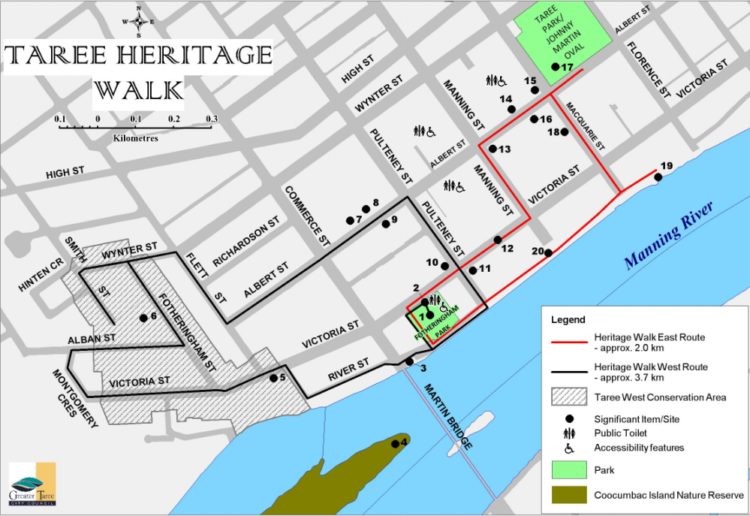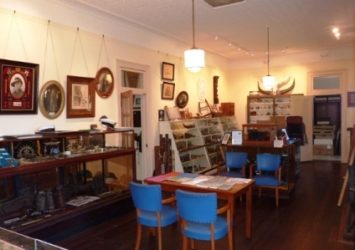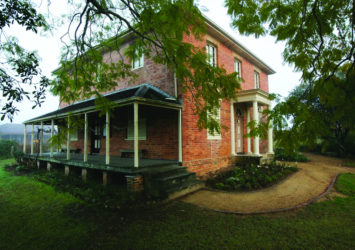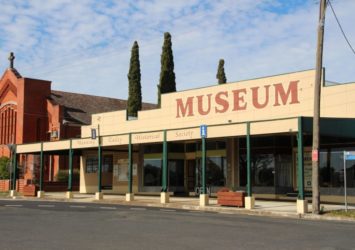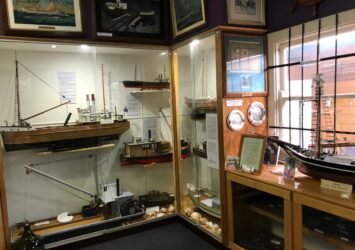History. Human interest. Tales of industries taking their tentative first steps to greatness. Our museums have all this… plus a temple to the epic excellence of the motorcycle!
Museums can get a bad rap for being boring places full of dusty old things. Unless of course you have a connection to something on display that speaks to your very heart and soul. And if you can learn more about it and about the people who used it - or even to touch it - then museums can be gloriously gratifying and intensely poignant.
Take James Dean for example, a cultural icon who died in a speeding accident in 1955 aged just 24 years. Like many men of his era, Dean loved motorcycles. Did you know he owned an Indian Warrior motorcycle, a Royal Enfield, a CZ plus a Harley Davidson?
But he’s most remembered for his Triumph TR5 Trophy, which he bought to emulate Marlon Brando. It was the last bike he rode before he died. Dean would've been 90 years old in 2021, we wonder if he’d still be riding it?
All these thoughts and more can be yours at the National Motorcycle Museum, a privately-owned hall of fame to the motorcycle, right here in the Barrington Coast at Nabiac. You’ll be able to touch (but please don’t drool over) the Triumphs, Harleys, Indians, BMWs, Matchless, Moto Guzzi and much more! (See more details below).
And if you’re an Australian history buff then the Barrington Coast should loom large in your list of must-visit destinations due to our stellar beginnings with the Australian Agricultural Company (AACo) in 1826.
From the shores to Port Stephens to the banks of the Manning River and hinterland towns of Stroud, Gloucester and Wingham, the AACo was omnipresent. So you’ll find no shortage of fascinating items and stories at museums across our region.
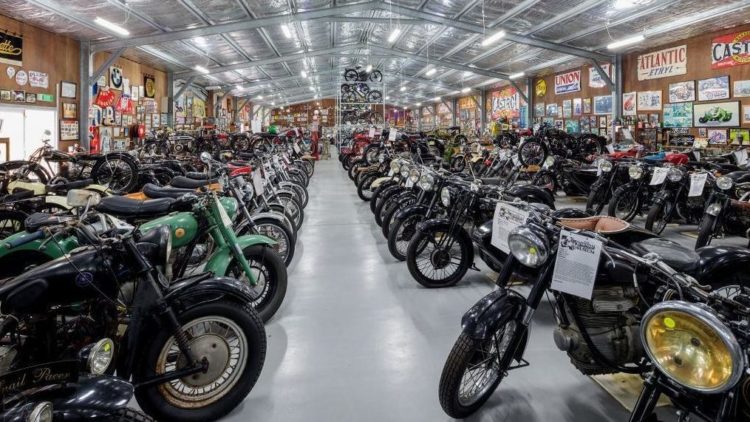
National Motorcycle Museum
The National Motorcycle Museum at Nabiac on the Pacific Highway houses in excess of 800 motorcycles and memorabilia relating to motorcycles from 1900 to the present, including a large collection of Australian speedway vehicles.
The museum is privately owned and operated by the Kelleher family and was purpose built to house the displays on 2,600 square meters of floor space. Some of the favourite machines on display are the Kenilworth scooter (1919), the twin cylinder water-cooled 2 stroke Scott, and the Vincent Black Knight. There is an excellent range from the early 1900s and a lot of very interesting later machines. Allow an hour or two to have a good look around and read some of the interesting history presented.
Groups are always welcome with ample parking for bus and coaches. The relaxed atmosphere of morning and afternoon tea is an excellent activity for groups, you can spend your time browsing with your friends while enjoying beverages and finger food. Books, toys, models, badges, patches and memorabilia are available for sale at the museum.

Gloucester Museum
Gloucester Museum is full of fascinating local history plus valuable aboriginal artefacts and artwork. Accompanying these are substantial collections dating from the 1826 European arrival when Gloucester was a simple sheep farm, an outpost of the AACo headquartered further down the valley at Stroud.
At the Gloucester Museum you’ll find displays of military memorabilia; Australian domestic items; musical instruments; hotel artefacts from the kitchen and bar of the Barrington Hotel in the Copeland goldfields; heritage gold field maps, clothing and uniforms from Copeland jail with gold mining artefacts; AACo documents; local family archives, photographs and old cameras; antique furniture, geological specimens plus more! In nearby St Clements Historic Park there’s even a full-sized recreated scene featuring a 1940s classroom from Upper Bowman school.
Volunteers happily escort tours around town for visiting coaches, passengers enjoy an informative 60 minute tour highlighting Gloucester’s history before stopping at the museum. The entry fee is small for such an extensive trip down a pretty tree-lined lane of memories.
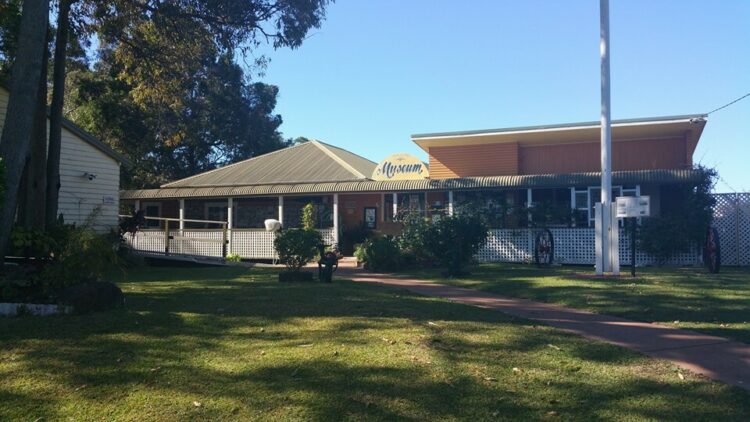
Great Lakes Museum
The Great Lakes Museum at Tuncurry houses a collection of artefacts relating to the early pioneer families of the Forster-Tuncurry district and the local industries of timber-getting, shipbuilding, farming and oyster growing.
The museum has a fine display of historic buildings including the original National Bank at Forster (a 1940s cottage); Tuncurry public school (1886); the Cheers family cottage (1940s); and the original Tuncurry police station lock-up (1948-59). In the grounds of the museum is a typical 1960s fishing boat, a working windmill and various artefacts relating to the local history. The buildings have all been fully refurbished and contain interesting displays and artefacts.
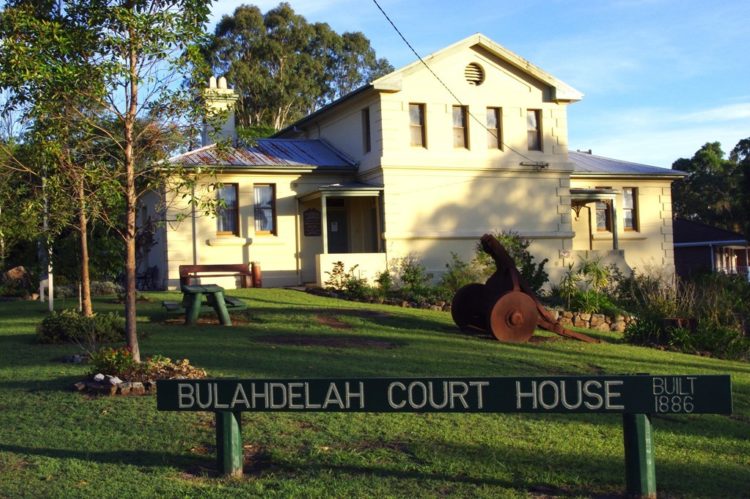
Bulahdelah Courthouse Museum
The Courthouse Museum at Bulahdelah comprises the main court building (1888), the old kitchen/ laundry (being the original magistrate’s residence) plus the cells and holding courtyard area.. The museum also has a fascinating collection of historical photos of the local timber industry (1900-1930s), alunite mining (1880-1920s) and early village infrastructure (1900-1920s) like bridges, roads and buildings. Family histories of many of the pioneer families are also housed at the museum.
The police also used the complex as staff residence up to 1973 and there’s a self-guided walk featuring 20 historical items scattered around the museum’s lawns and gardens. Among these is a small boulder of alunite - which was once mined from Bulahdelah Mountain also known as Alum Mountain - and bogie wheels and rail line from the old logging railway of the 1920s from Mayers Point to Horses Creek.
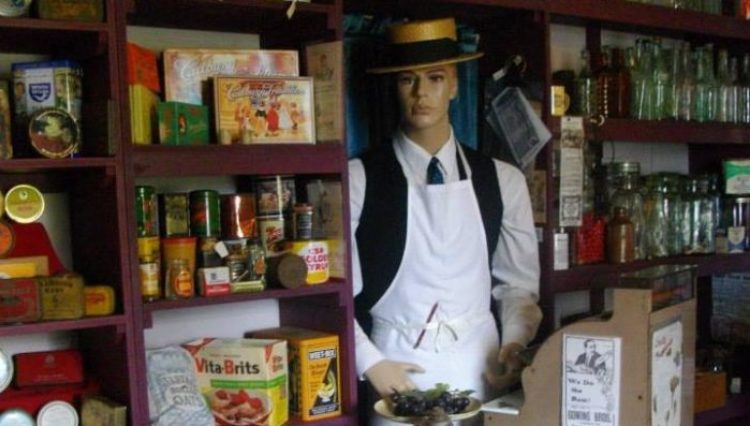
Tinonee Museum
In the early years of the Barrington Coast when rivers were the roads, Tinonee was the heart of the Manning River where majestic sailing ships were an everyday sight. Tinonee buzzed with early commerce and infant industries and you can learn more here at the Tinonee Museum.
Around 1860-70 Tinonee was the quintessential colonial river town bustling with five hotels, post office, flour mill, sugar mills, sawmills, three churches, blacksmith shop, broom factory, bakery, its own newspaper, hospital, school, bacon factory, brick kiln, butchery, bank and Captain Hector Gollan’s shipyard. These were the base of a thriving community that eventually lead to the growth of Taree on the opposite riverbank.
Also on display is Tinonee’s original lock-up, you should linger in this jail cell awhile before spending time in Jimmy Governor’s cell at Wingham… you’ll see why below.

Wingham Museum
Wingham Museum was opened in 1968 by Australia’s great aviator Nancy Bird Walton and is housed in one of the town’s most historically significant buildings – its first general store. Wander through the many large rooms of themed displays that house antiques ranging from Gaelic bibles bought out by original Scottish settlers to rare local aboriginal artefacts and hand-carved furniture. Each display is supported by the Manning Valley Historical Society’s nationally significant photographic collection, which provides a fascinating insight into what life was really like for the pioneering men and women who chose to settle in our rural towns.
As the primary keeping place of local culture and heritage in the Manning Valley, Wingham Museum is the custodian of a large collection of artefacts representing all facets of life in the Manning. More than 10,000 items are presented over 500 square meters of exhibition space that includes the following themes: fashion, textiles and crafts; natural history; Aboriginal culture and history; domestic life; industries, agriculture and farming; the Manning River, transport and communication; and serving in war and the war at home.
The bushranger Jimmy Governor
Here you’ll also find the police cell that held infamous bushranger Jimmy Governor after his capture in October 1900, some 3 months after a murderous spree in the Hunter Valley. The murders by Jimmy and his brother Joe were sparked by racism against Jimmy, who was aboriginal, and his European wife Ethel. As the brothers outwitted and even taunted the police and trackers hunting them, public pressure grew for the police to capture them. They were both proclaimed outlaws on 23 October 1900, the last persons to be so declared in NSW.
Jimmy was captured by locals near Wingham on 27 October 1900, and Joe was shot dead at Mount Royal on the southwestern edge of Barrington Tops on 31 October 1900. Jimmy Governor was tried for murder in November 1900 and hanged at Darlinghurst Gaol on 18 January 1901.
The life and tragic times of Jimmy Governor and his brother Joe inspired Australian poet Les Murray's poem The Ballad of Jimmy Governor. The life of Jimmy Governor was also the basis for Thomas Keneally's 1972 novel The Chant of Jimmie Blacksmith, which was filmed in 1978 by the renowned Australian film director Fred Schepisi.
So if you’ve got a taste for jail cells from Tinonee’s lock-up, take this opportunity to sit in the cell of Jimmy Governor here at Wingham. Now that you know a bit more about him, touch the cell, feel the walls and sense it; not so much dusty anymore but intensely poignant, this remarkable piece of Australian history with a tragic story to tell.
Touch the cell, feel the walls and sense it.

Stroud
The whole town of Stroud can be considered a museum and it properly deserves special attention. There are two heritage buildings that are open to the public as museums plus you can take a self-guided heritage walk through this very pretty town.
Quambi House
This two storey Georgian-style school house (c1840) displays furniture, clothing, personal and household items, photographs and other objects from the late 1800s to the mid 1900s. The restored, convict built building also houses a collection of historic books from the Australian Agricultural Company (AACo), dating from the late 1700s to the 1800s.
Stroud Courthouse
This restored Court House built in 1877 houses a collection of historic photos of Stroud and district. It also displays information on the formation of the Australian Agricultural Company (AACo) in London in 1824, the farm grant of 500,000 acres known as the Port Stephens Estate plus local family history.
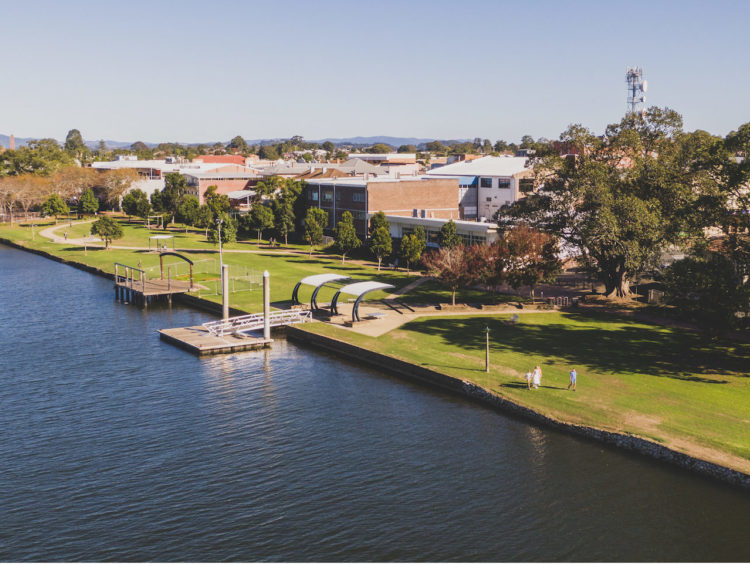
Heritage Walks
Stroud
The self-guided Stroud Heritage Walk explores many of the historic buildings and sites of Stroud. Taking in Silo Hill and Stroud Showground, the full route is a leisurely one hour, 4km walk. An alternative 1km route takes in the historic highlights of the town centre and takes around 15-20 minutes.
Gloucester
The self-guided Gloucester Heritage Walk takes you on an historical journey through the northern part of the town, especially on the hill where the early business sector developed. You’ll see the court house, museum, early banks and churches, Federation homes and sites of the powerhouse and cordial factory. Approx 1.5kms and allow 1 hour.
Tinonee
This self-guided walk around Tinonee highlights a number of built and natural items of significance to the history of the village from 1854 onwards. The walk is approximately 2.2km and allow 1.5 hours.
Taree
Take a walk though Taree's history on two easy walking itineraries around the riverside city. Combining both you'll uncover 20 places of historic interest, all of which are within two blocks of the broad Manning River. The total walk is 5.7 km and takes around 2.5 hours depending how much you dawdle. But take your time and make sure you stop often to enjoy the vistas and streetscapes of this town built on the commercial strength of the Manning River.
